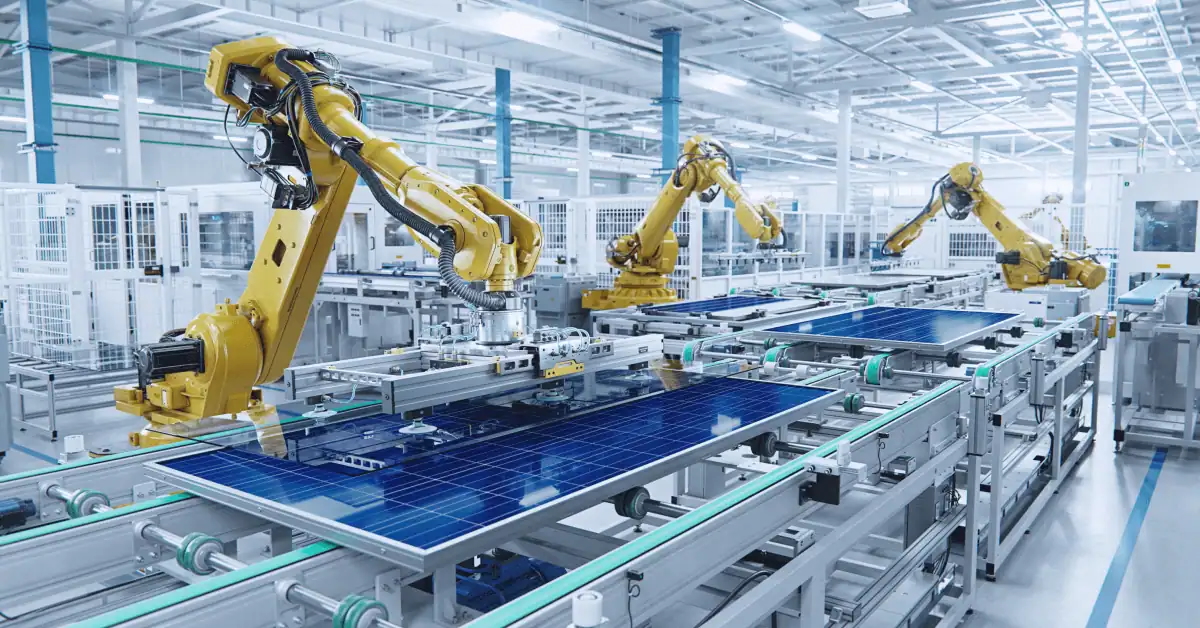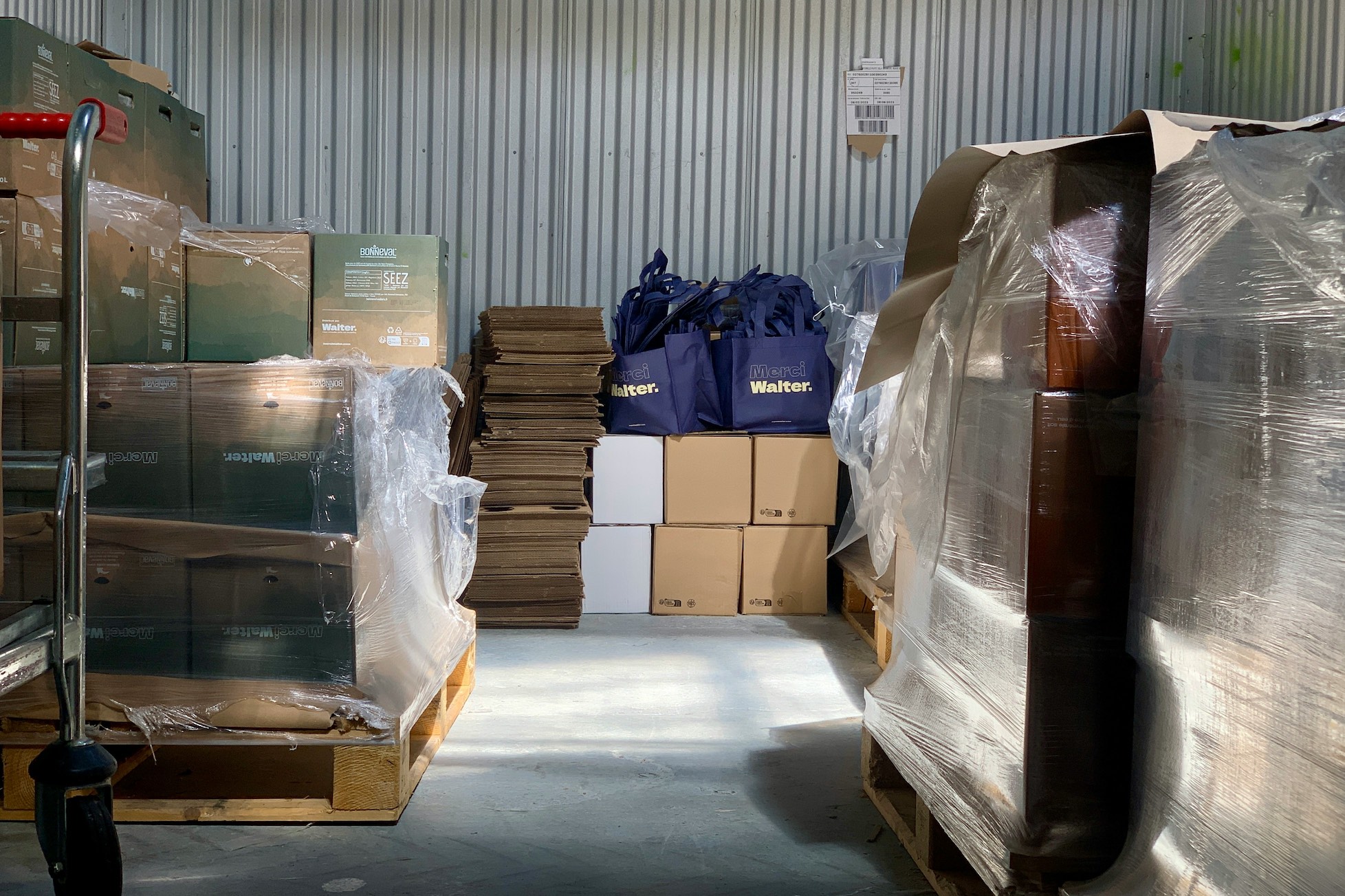The Business Case for Real-Time Supply Chain Visibility in Advanced Manufacturing

Executive Summary
Most supply chain, procurement, and operations leaders know the pain of running a modern manufacturing operation without clear insight into what is happening across suppliers. Updates arrive late. Teams operate on outdated information. Production gets delayed. Decisions slow down because nobody has a single source of truth.
Real-time visibility gives teams a live picture of supplier activity, order status, and potential risks. Instead of spending hours chasing information in email and spreadsheets, leaders can make fast, confident decisions that keep production moving, protect schedules, and improve margins. Visibility drives speed, predictability, and control in an environment where uncertainty is expensive at best and unacceptable at worst.
Why It Matters
When supply chain visibility is low, there are several negative impacts:
• Decisions become slower and less certain
• Supplier updates arrive too late to prevent disruptions
• Operations plans around dates that turn out to be wrong
• Engineering and supply fall out of sync
• Audits become painful and compliance gaps open but invisible
Manufacturers operating in complex, high-trust industries cannot afford to run their supply chains by looking backward. With long lead times, precision requirements, and tight delivery schedules, outdated information becomes a financial and operational liability.
Real-time visibility gives leaders a clear view of what is happening right now. The result is a more predictable operating environment and fewer expensive surprises.
What You Need to Know
1. Visibility helps teams act instead of react
Most supply chain disruptions start small. A date slips. A cert is missing. A supplier is waiting on material. When teams find out days or weeks later, options narrow and costs rise.
Real-time visibility surfaces these changes immediately. The moment something shifts, the team can adjust, escalate, or replan. This shift from delayed notifications to immediate awareness creates a meaningful reduction in expedite fees, production delays, and last-minute scrambling.
2. Cross-functional alignment becomes easy
Manufacturing work does not move in a straight line. Supply chain decisions affect engineering. Engineering changes affect production. Production shifts affect finance. When each group relies on different data or stale information, alignment becomes slow and frustrating.
With real-time supply chain visibility:
• Engineering knows which suppliers can take on changes
• Operations sequences work based on real arrival dates
• Supply chain prioritizes risk instead of inbox clutter
• Finance sees budget impacts when it actually matters
Everyone is working from the same facts. Planning and execution become coordinated instead of chaotic.
3. Better data creates meaningful cost control
Many cost overruns are rooted in uncertainty. Teams increase buffer inventory when they cannot trust supplier lead times. They approve expedite fees because a late or lost update left them with no alternative. Quality issues occur because feedback loops are too slow.
Visibility gives leaders the information they need to set tighter plans and enforce them:
• Lower buffer inventory because supplier performance is predictable
• Fewer expedites because risks are visible earlier
• More accurate variance tracking because PO status is always current
• Better quality outcomes through faster feedback loops
Cost control becomes a byproduct of clarity rather than a separate effort.
4. Change moves through the supply base with less friction
Advanced manufacturing involves constant iteration. New drawings, updated specs, and change orders are part of life. The challenge is making sure those updates reach the right suppliers in a timely and trackable way.
Real-time supplier visibility ensures updates land quickly and confirmations are captured without manual follow-up. Teams know who has acknowledged changes, who is implementing them, and where risk may still exist. This reduces rework and helps new designs reach production faster.
5. A more resilient supply chain emerges without adding new complexity
Visibility platforms do not replace ERPs, PLMs, or MES systems. These systems manage the data inside the four walls of your manufacturing org. Visibility platforms that orchestrate your supply chain manage the data that flows outside of your four walls. Importantly, they all integrate so you unify the information flowing through each stage of design, procurement, engineering, production and finance.
This creates resilience in three ways:
1. Teams get a clear view of what is happening regardless of where the data originates
2. Supplier communication becomes structured and trackable
3. Leaders can make decisions using current information rather than stale reports
The supply chain becomes easier to manage because everyone finally has the same picture.
Ready to orchestrate your supply chain?
Real-time visibility is the foundation. Orchestration is the multiplier.
Silkline brings supplier updates, PO tracking, documentation, compliance, and more into one unified and integrated system. Suppliers continue working through their inbox, and your procurement team gets a clean, structured view of everything happening across your supply base. No portals. No onboarding. No burden on suppliers.
If you want to see how visibility and orchestration come together in practice, get in touch.
About Silkline
Silkline is the supply chain orchestration platform that advanced manufacturing companies use to collaborate with suppliers; track requests, RFQs, quotes, and orders; and monitor team and vendor performance. Our technology sets the standard for how OEMs engage their supply base and is the connective layer for hard tech supply chains. Hundreds of advanced manufacturers use Silkline to operate more efficiently and speed up time to revenue. The company is headquartered in Chicago, IL. For additional information, visit https://www.silkline.ai.
© 2025 Silkline, Inc. All rights reserved. Silkline and the Silkline logo are trademarks of Silkline, Inc. All other brand and product names are trademarks or registered trademarks of their respective holders.




